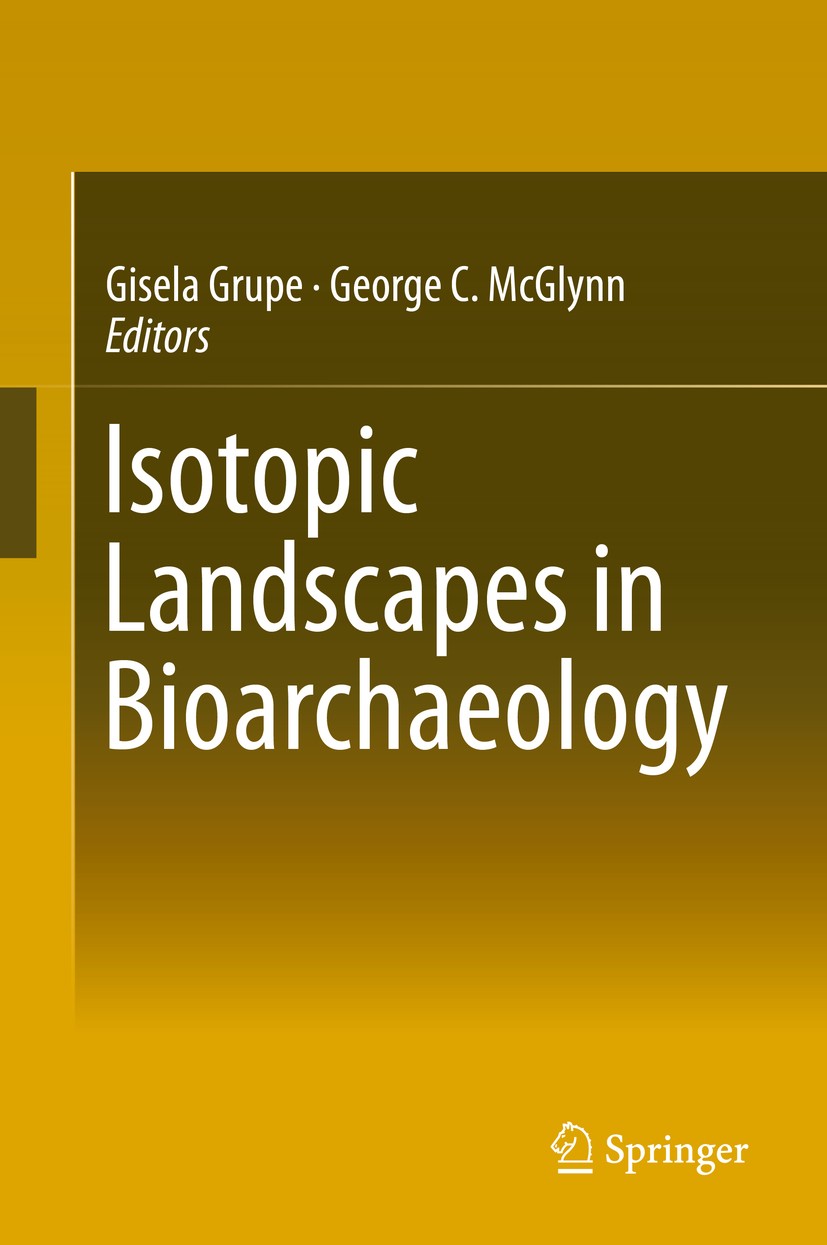| 书目名称 | Isotopic Landscapes in Bioarchaeology | | 编辑 | Gisela Grupe,George C. McGlynn | | 视频video | http://file.papertrans.cn/476/475796/475796.mp4 | | 概述 | Summarizes the outcome of interdisciplinary workshops based on a network of different sciences such as physical anthropology, archaeology, zooarchaeology, geology, mineralogy, and computer sciences wi | | 图书封面 |  | | 描述 | This work takes a critical look at the current concept of isotopic landscapes ("isoscapes") in bioarchaeology and its application in future research. It specifically addresses the research potential of cremated finds, a somewhat neglected bioarchaeological substrate, resulting primarily from the inherent osteological challenges and complex mineralogy associated with it. In addition, for the first time data mining methods are applied. The chapters are the outcome of an international workshop sponsored by the German Science Foundation and the Centre of Advanced Studies at the Ludwig-Maximilian-University in Munich. Isotopic landscapes are indispensable tracers for the monitoring of the flow of matter through geo/ecological systems since they comprise existing temporally and spatially defined stable isotopic patterns found in geological and ecological samples. Analyses of stable isotopes of the elements nitrogen, carbon, oxygen, strontium, and lead are routinely utilized in bioarchaeologyto reconstruct biodiversity, palaeodiet, palaeoecology, palaeoclimate, migration and trade. The interpretive power of stable isotopic ratios depends not only on firm, testable hypotheses, but most imp | | 出版日期 | Book 2016 | | 关键词 | Anthropology; Bioarchaeology; Biomineralization; Cremation; Isotopic Landscapes; Migration; Mineralogy; Rad | | 版次 | 1 | | doi | https://doi.org/10.1007/978-3-662-48339-8 | | isbn_softcover | 978-3-662-56917-7 | | isbn_ebook | 978-3-662-48339-8 | | copyright | Springer-Verlag Berlin Heidelberg 2016 |
The information of publication is updating

|
|
 |Archiver|手机版|小黑屋|
派博传思国际
( 京公网安备110108008328)
GMT+8, 2025-11-21 00:58
|Archiver|手机版|小黑屋|
派博传思国际
( 京公网安备110108008328)
GMT+8, 2025-11-21 00:58


